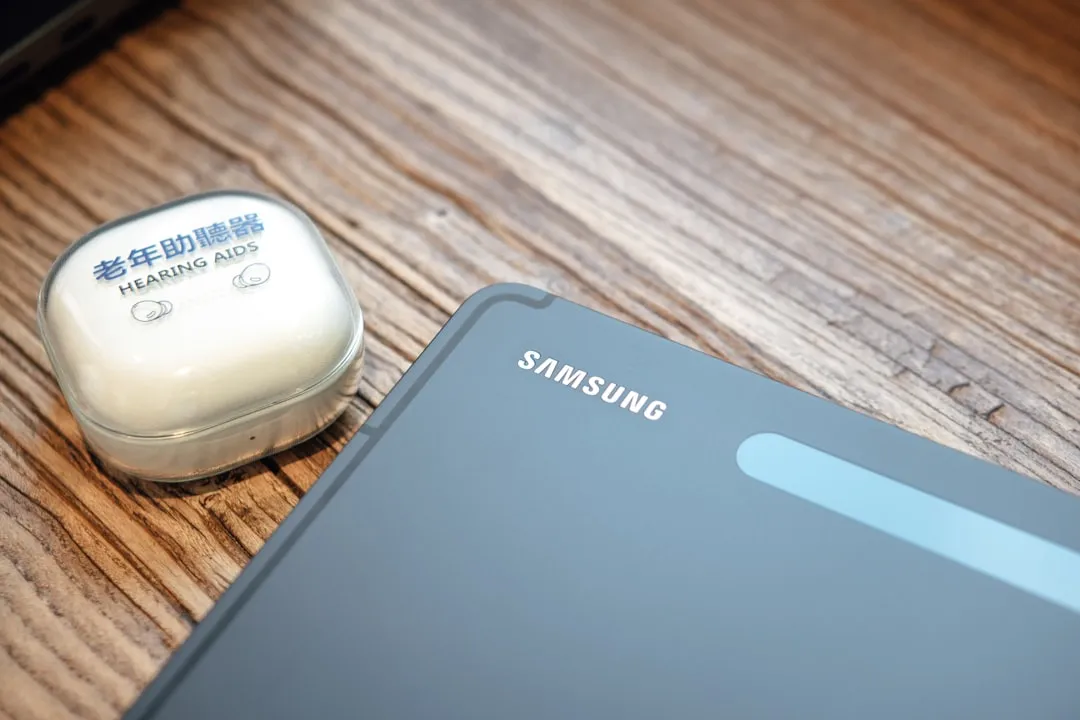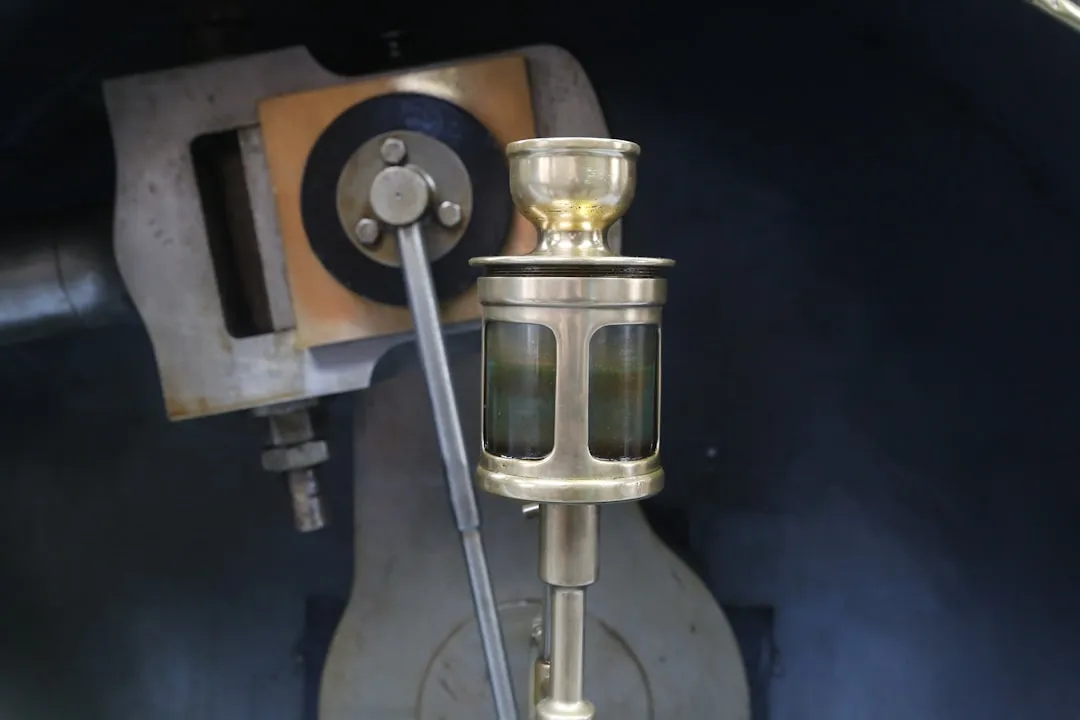How-To Guides about Gardening


how to
How to Grow Your Own Sweet Potatoes Year Round

how to
How to Propagate Plants from Cuttings

how to
How to Start a Vegetable Garden



how to
Alternative Easter Eggs 













how to
How to Grow Roses 







Featured On WonderHowTo:
Productivity & Shortcuts









Featured On WonderHowTo:
Music & Audio










Featured On WonderHowTo:
Augmented Reality










Featured On WonderHowTo:
Gaming























































































































































































































